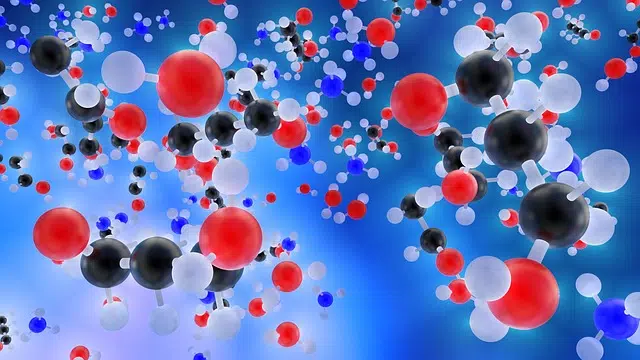
The notions of molecular weight and molecular mass are often confused.
From the Latin pensum , weight is the force with which the Earth attracts a body. The term is also used to refer to the magnitude of said force. Mass , on the other hand, is the physical magnitude that expresses the amount of matter that a body contains.
That is the difference between weight and mass. Mass does not depend on the position of the body in space or the force of gravity. The kilogram and the newton are the units in the international system of units for weight and mass, respectively.
Molecular weight and molecular mass
This differentiation between both concepts implies that the notion of molecular weight is imprecise. The correct thing is to talk about molecular mass , a magnitude that is measured in atomic mass units ( amu ).
However, it must also be established that the unit of measurement of the molecular mass mentioned can also be Daltons (Da). Without forgetting either that there are also those known as Kilodaltons that are represented as kDa. These last two measurements were established by the English chemist John Dalton (Eaglesfield 1766 – Manchester 1844), who has gone down in the history of science for having carried out his own atomic theory and for having been the first to proceed to make known publicly a table of relative atomic weights.
It should be noted that a molecule is the smallest particle that has all the physical and chemical properties of a substance, and is made up of one or more atoms. The molecular mass, therefore, is the result of the sum of the atomic masses of the elements that make up a molecule. In this sense, the relative molecular mass is the number that indicates how many times greater the mass of a molecule of a substance is with respect to the atomic mass unit.

To calculate the molecular weight, you must know the molecular formula of the compound and the atomic weights of its components.
How the calculation is carried out
It is important to highlight the fact that when carrying out the calculation of the aforementioned molecular weight, it is vital to know a series of issues that are fundamental when interpreting and establishing the value of the results obtained. In this way, we find, for example, the fact that if a decimal number is obtained from that number and it is greater than 0.5, what we must do is approximate the mass number to the integer.
An example of this is that if the figure of 15.8 is obtained, what must be established is 16 as the mass number.
To calculate the molecular weight, it is necessary to consider the molecular formula of the compound and the atomic weights of the elements that compose it, and multiply each atomic weight by the subscript that corresponds to the element according to its molecular formula.
Fortunately, this task of calculating the molecular weight of any compound is currently facilitated thanks to the existence on the Internet of countless web pages that function as calculators in this sense. In them it is enough to simply indicate the number of atoms of each element that is part of that molecule.
